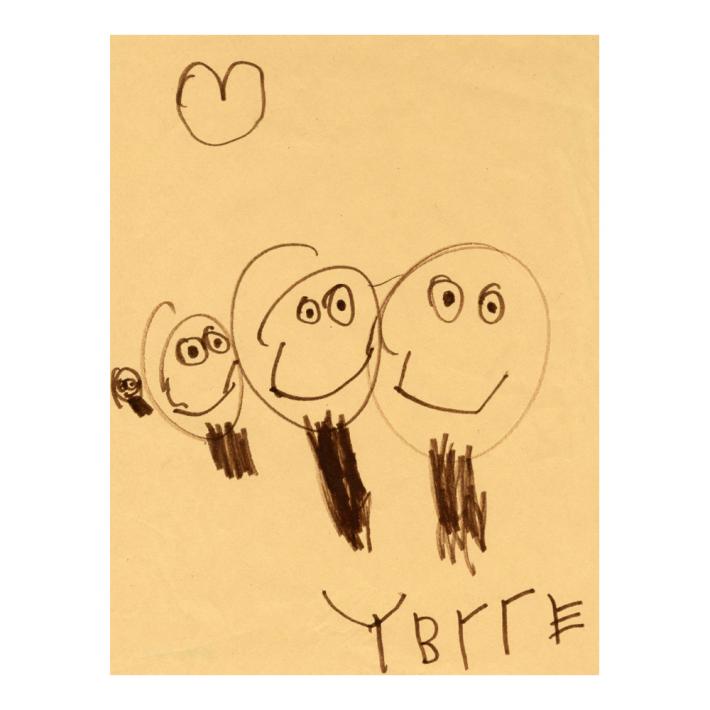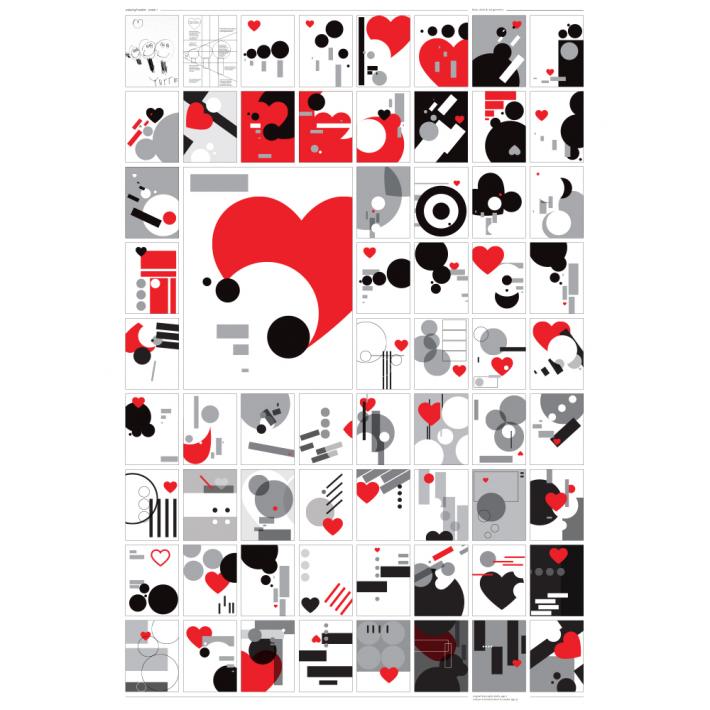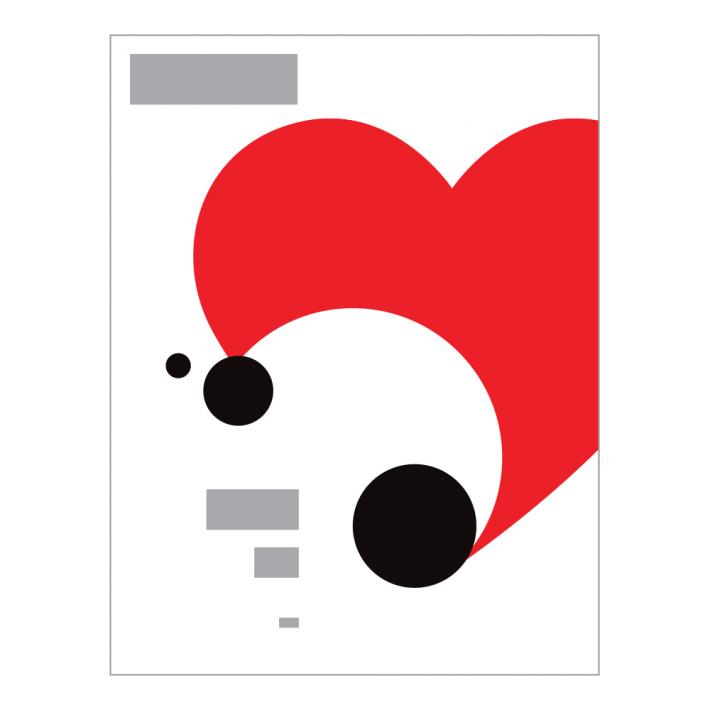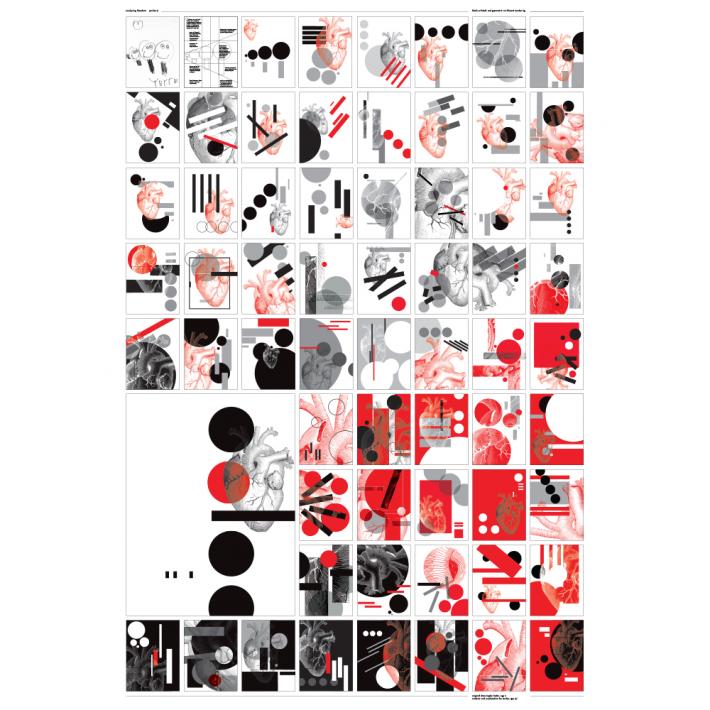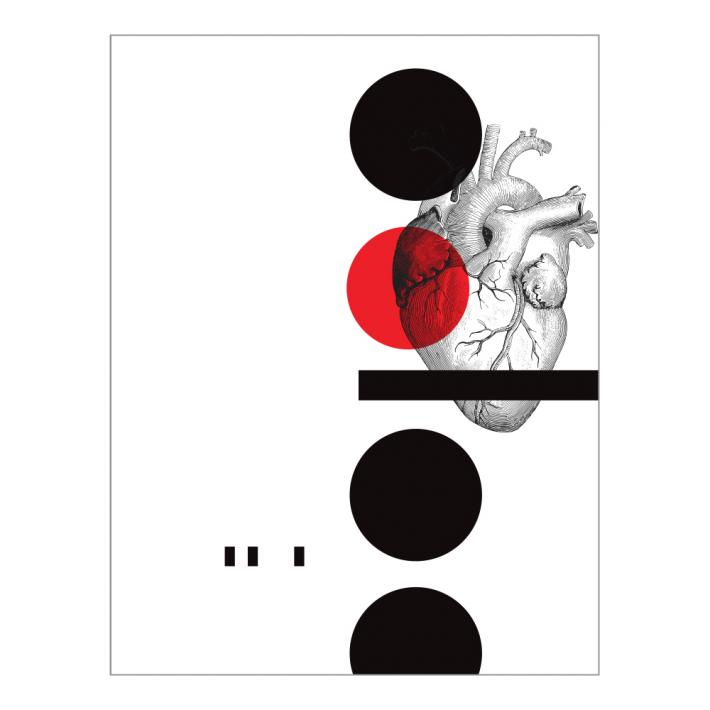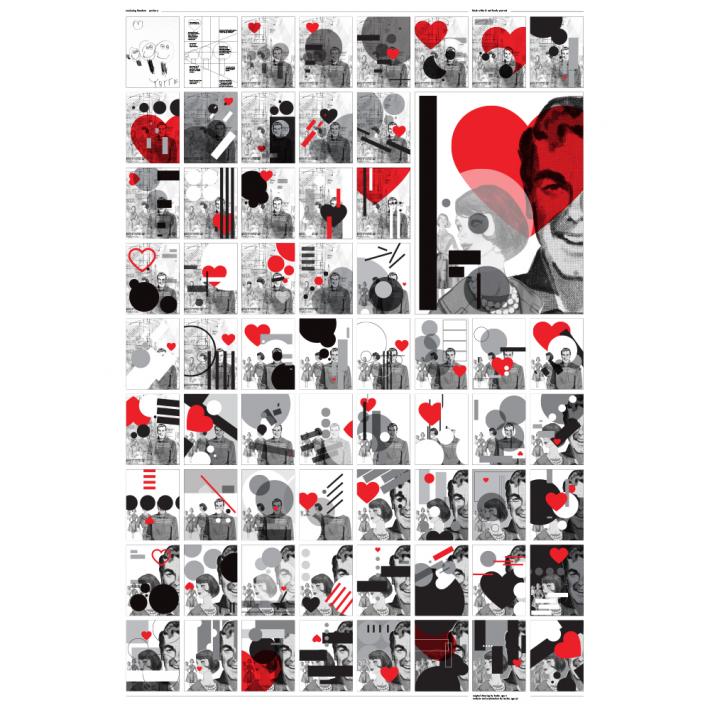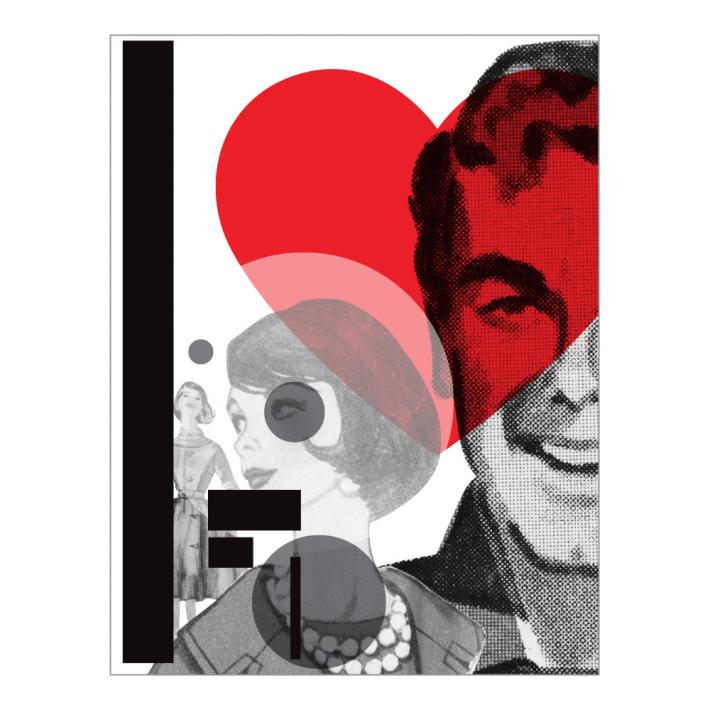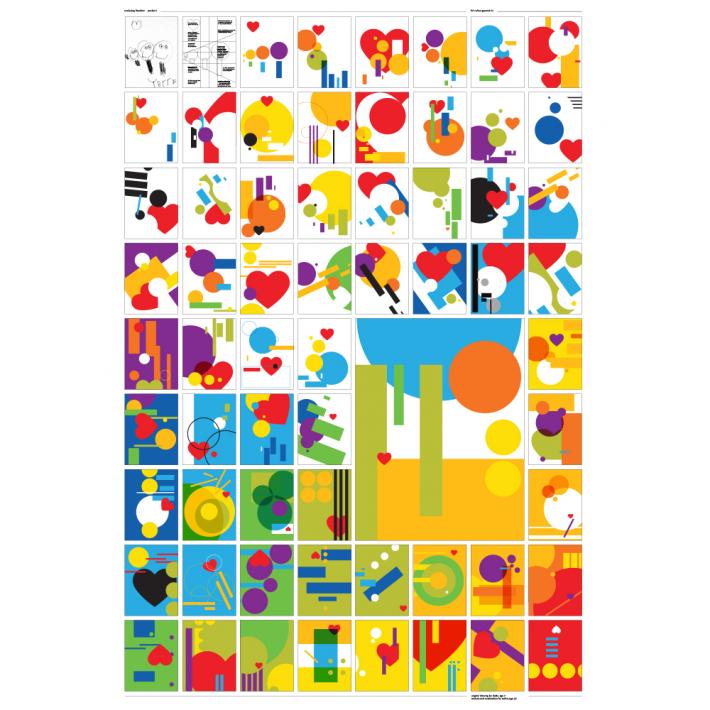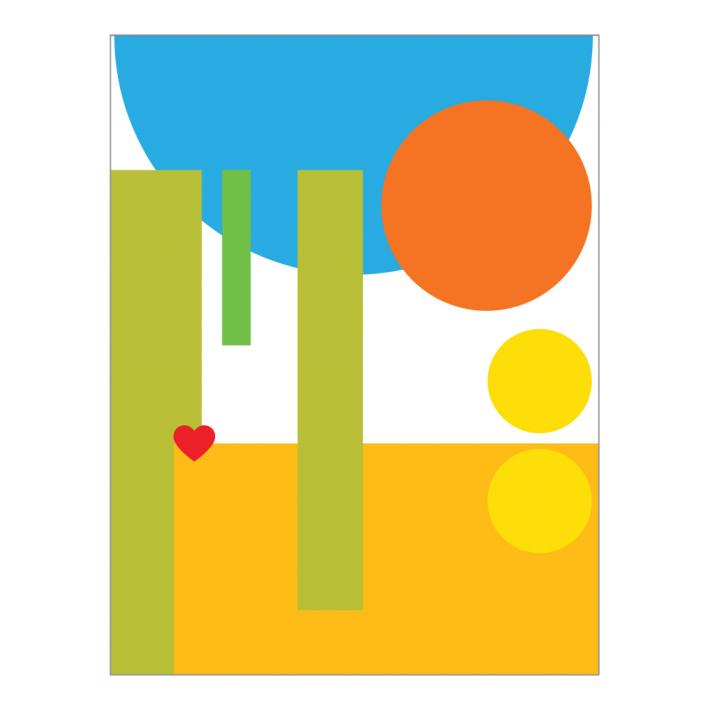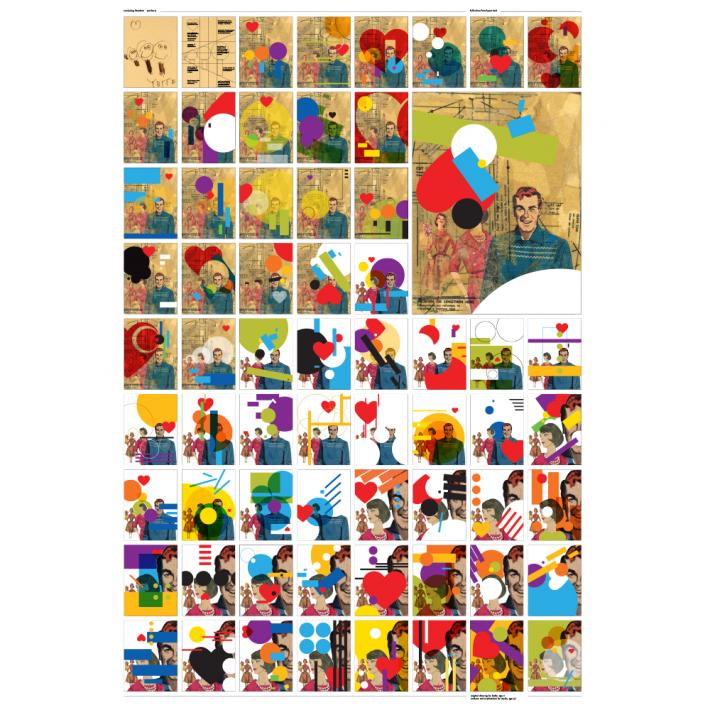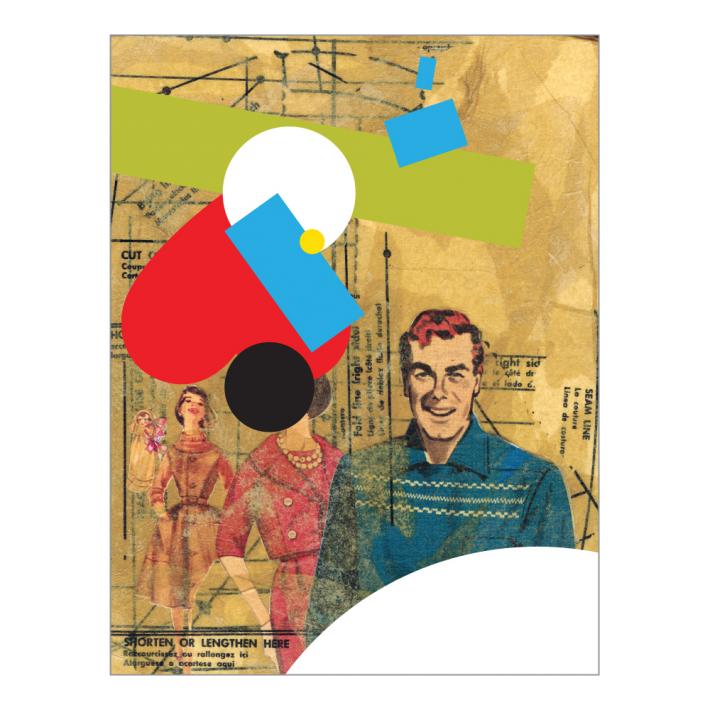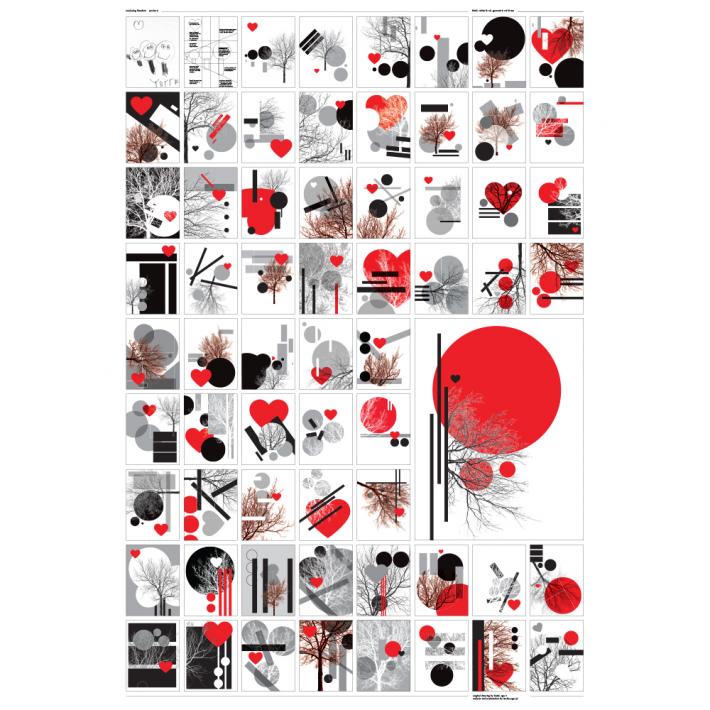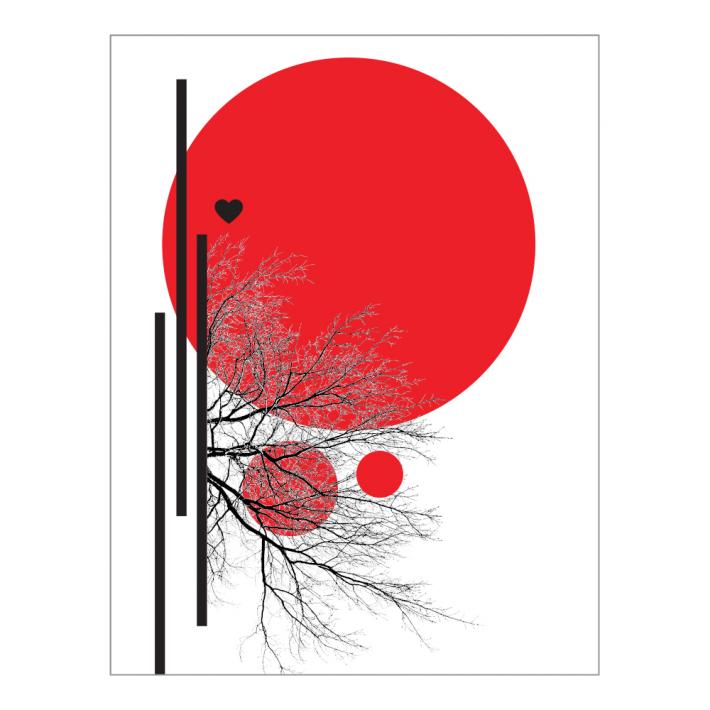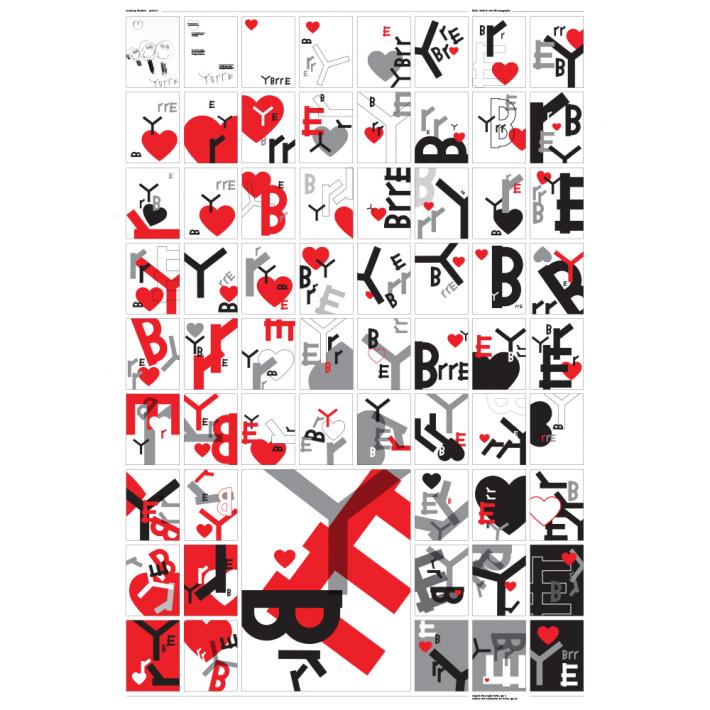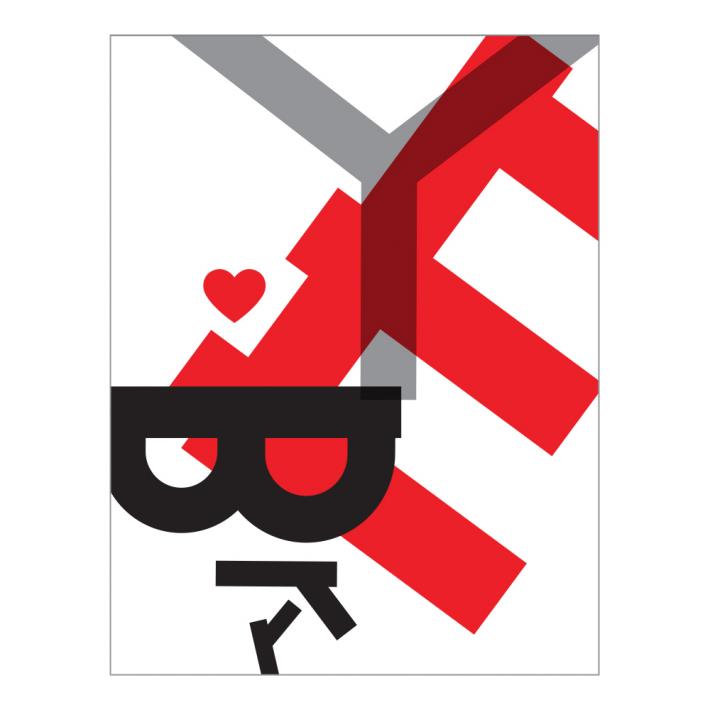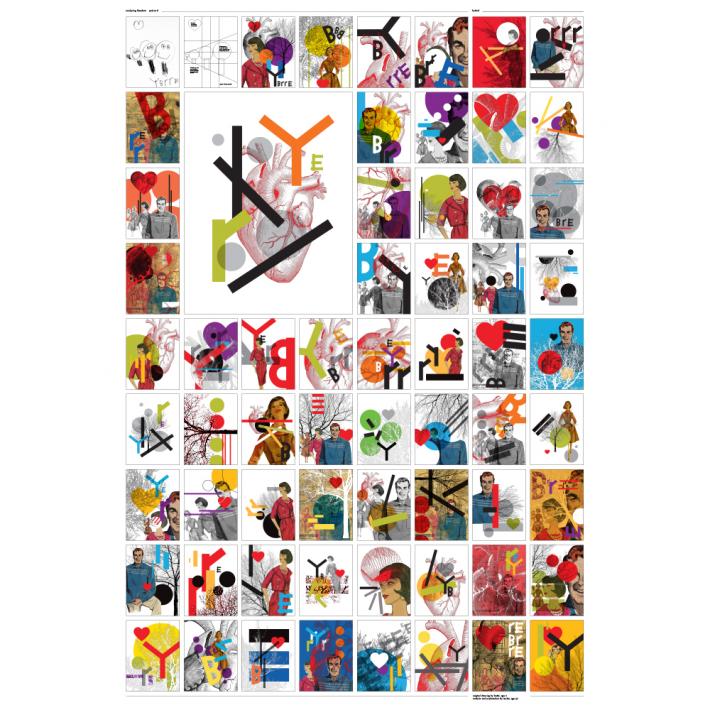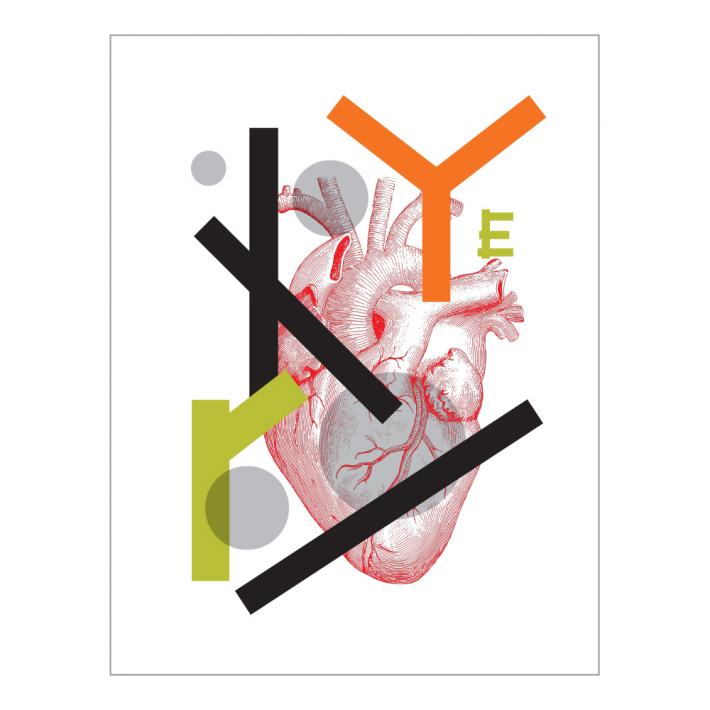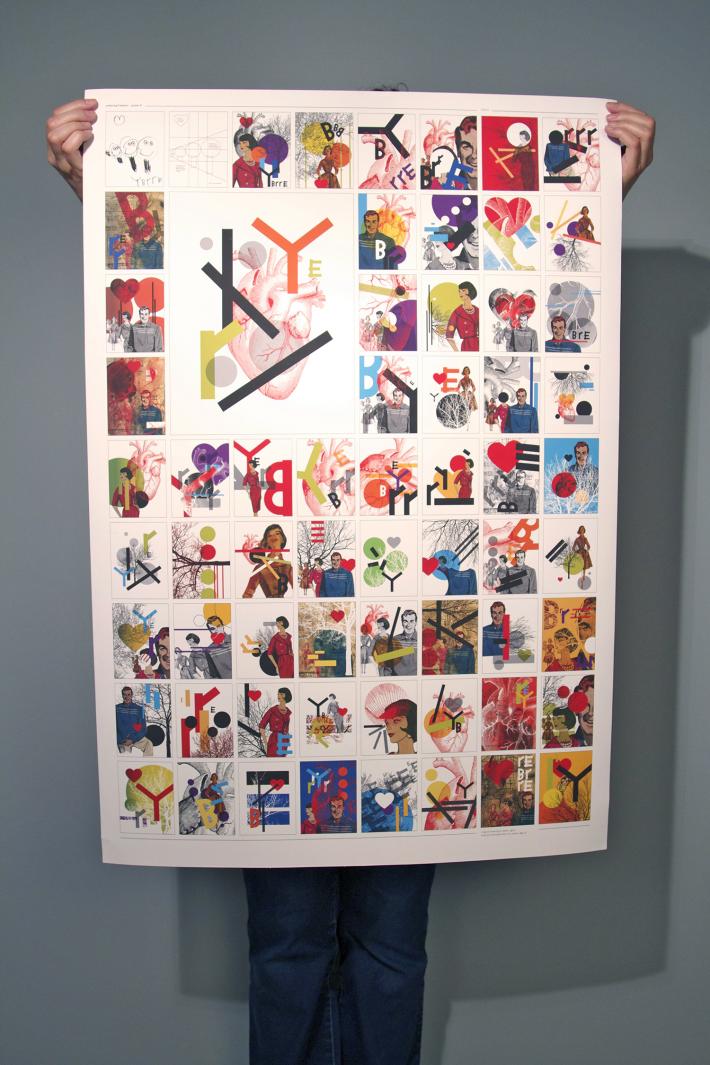By Betty
Janie Rhyne, in her book The Gestalt Art Experience, states that “healthy children are naturally Gestaltists – they live in the present; give full attention to what they are doing; do what they want to do; trust their own experiential data; and until they are trained out of it, they know what they know with direct simplicity and accuracy.” I began my process work for my studio course with Paul Sych by collecting children’s art and looking at them in a structural way, ignoring content. The drawing I chose to analyze is by Betty, age 2. Her piece was minimal and utilized many of the Gestalt Principles.
Since Betty is a child and has had little life experience her work is uninhibited and created primarily through intuition. As we get older our intuition becomes increasingly biased by past experiences, past successes, fear of failure and “top of mind” information. Frans Johansson, author of The Medici Effect, writes about “associative barriers” which are detrimental to creativity. Associative barriers are built up throughout our lives and we subconsciously call them into play every time we make decisions, hindering free thought and innovation. In order to help students overcome these barriers I have them sketch 50 – 100 thumbnails before committing to a layout. Using this exercise, I have taken the simplified elements from Betty’s work and embarked on an exhaustive exploration of applied design principles through a series of thumbnails.
“When we are adults who have been conditioned by our culture, stretching the vision of our mind’s-eye often means that we must free ourselves from habitually narrow vision.… limiting ourselves to one perspective is likely to distort the whole image” explains Janie Rhyne in The Gestalt Art Experience. Having been working in the corporate world for 15 years this project has been very challenging for me and I have experienced just how prohibitive associative barriers are. I owe Paul Sych a great big “Thank You” for giving me the sledgehammer of confidence I needed to start breaking down those walls. This project has allowed me to practice an iterative design process through which I have discovered new ways of approaching my personal practice.
~Masters of Design Studio with Paul Sych

